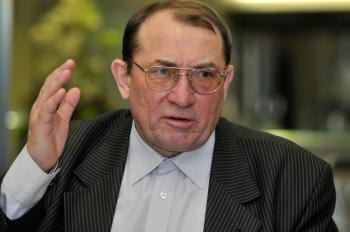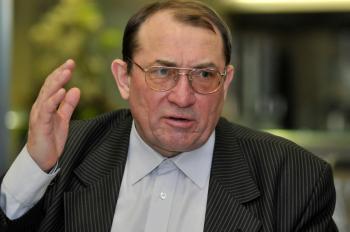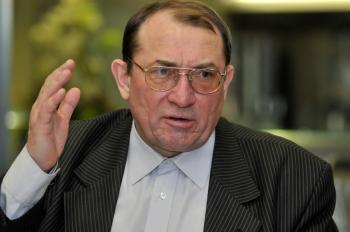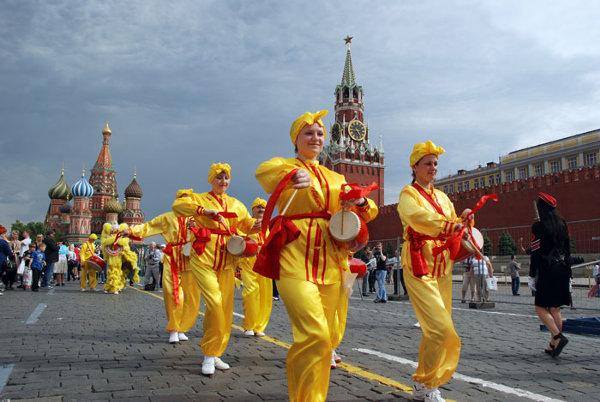KYIV, Ukraine—Nikolai Vsisovich worked as a liquidator inside the Chernobyl nuclear power plant after the No. 4 reactor exploded 25 years ago. He is the last surviving worker of the 18 men. With the Fukushima crisis still not resolved, Vsisovich shares what he sees as too high a price to pay for nuclear power.
The Chernobyl disaster occurred about 75 miles from Ukraine’s capital, Kyiv, and the accident was classified as level 7, the highest rating on the International Nuclear Event Scale. The International Atomic Energy Agency has rated some individual reactor accidents at Fukushima as level 5, but the Institute for Science and International Security, founded by a former IAEA inspector, says taking the plant as a whole, the level should be 6.
April 26, 1986, seemed like a normal Saturday. “Some men were drinking beer or sodas sitting near their home; children were playing in the yards. It was Saturday and a sunny day,” says Vsisovich.
The only surprising thing, he said, was that residents in the satellite town of Pripyat continued to behave as though nothing was happening after tanks and people wearing special uniforms entered the town to measure radioactivity levels.
The accident had occurred in the middle of the night, just before 1:30 a.m. During a systems test, there was a power surge, and everything went out of control, leading to a series of explosions at the No. 4 reactor. The explosions caused a fire, creating a highly radioactive plume of smoke. The amount of radioactivity released was roughly 400 times more than the atomic bomb dropped on Hiroshima, according to the IAEA.
“Safety measures were ignored, the uranium fuel in the reactor overheated and melted through the protective barriers,” according to the IAEA.
The Chernobyl disaster occurred about 75 miles from Ukraine’s capital, Kyiv, and the accident was classified as level 7, the highest rating on the International Nuclear Event Scale. The International Atomic Energy Agency has rated some individual reactor accidents at Fukushima as level 5, but the Institute for Science and International Security, founded by a former IAEA inspector, says taking the plant as a whole, the level should be 6.
April 26, 1986, seemed like a normal Saturday. “Some men were drinking beer or sodas sitting near their home; children were playing in the yards. It was Saturday and a sunny day,” says Vsisovich.
The only surprising thing, he said, was that residents in the satellite town of Pripyat continued to behave as though nothing was happening after tanks and people wearing special uniforms entered the town to measure radioactivity levels.
The accident had occurred in the middle of the night, just before 1:30 a.m. During a systems test, there was a power surge, and everything went out of control, leading to a series of explosions at the No. 4 reactor. The explosions caused a fire, creating a highly radioactive plume of smoke. The amount of radioactivity released was roughly 400 times more than the atomic bomb dropped on Hiroshima, according to the IAEA.
“Safety measures were ignored, the uranium fuel in the reactor overheated and melted through the protective barriers,” according to the IAEA.






